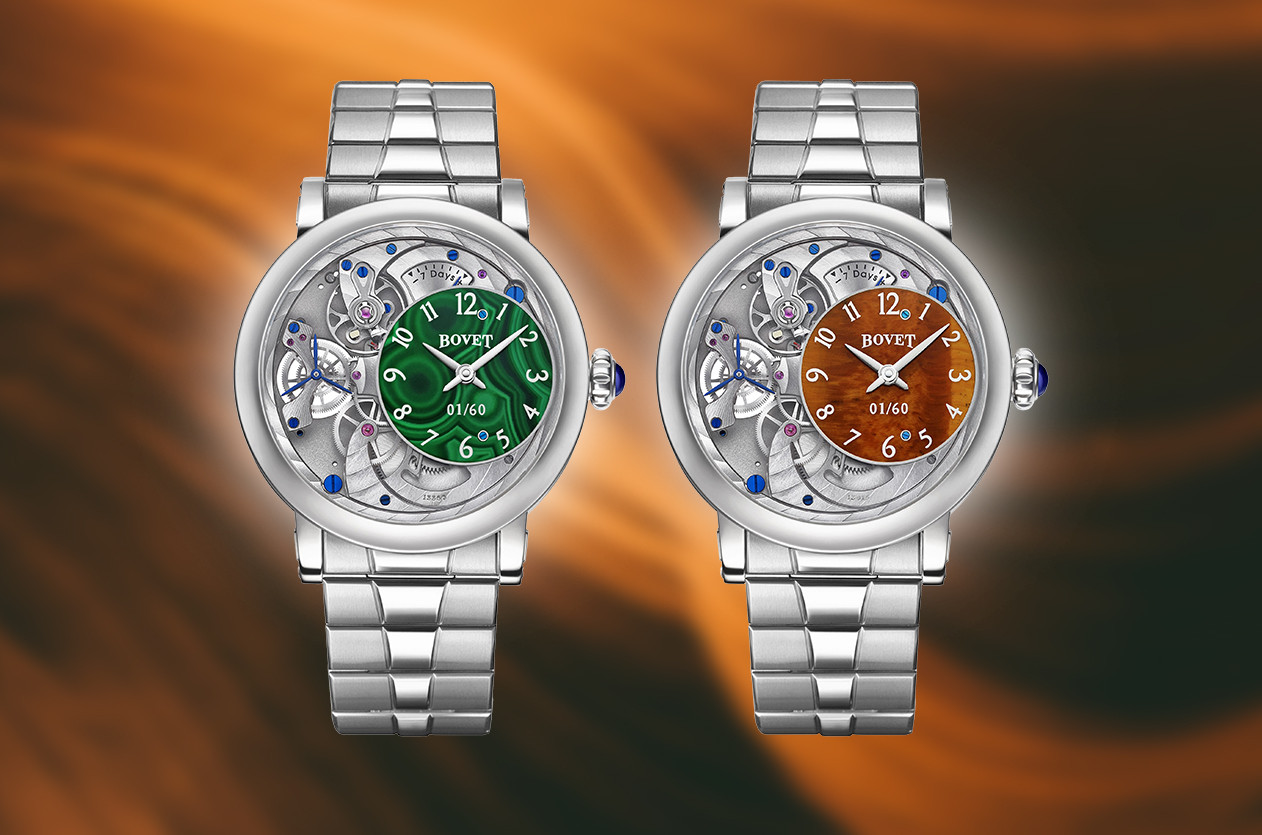
Introducing Bovet Expands the Récital 12 Collection With Rare Gemstone Dials
Welcome to the hub of the horoloy
The Biography of an Iconic Racing Masterpiece
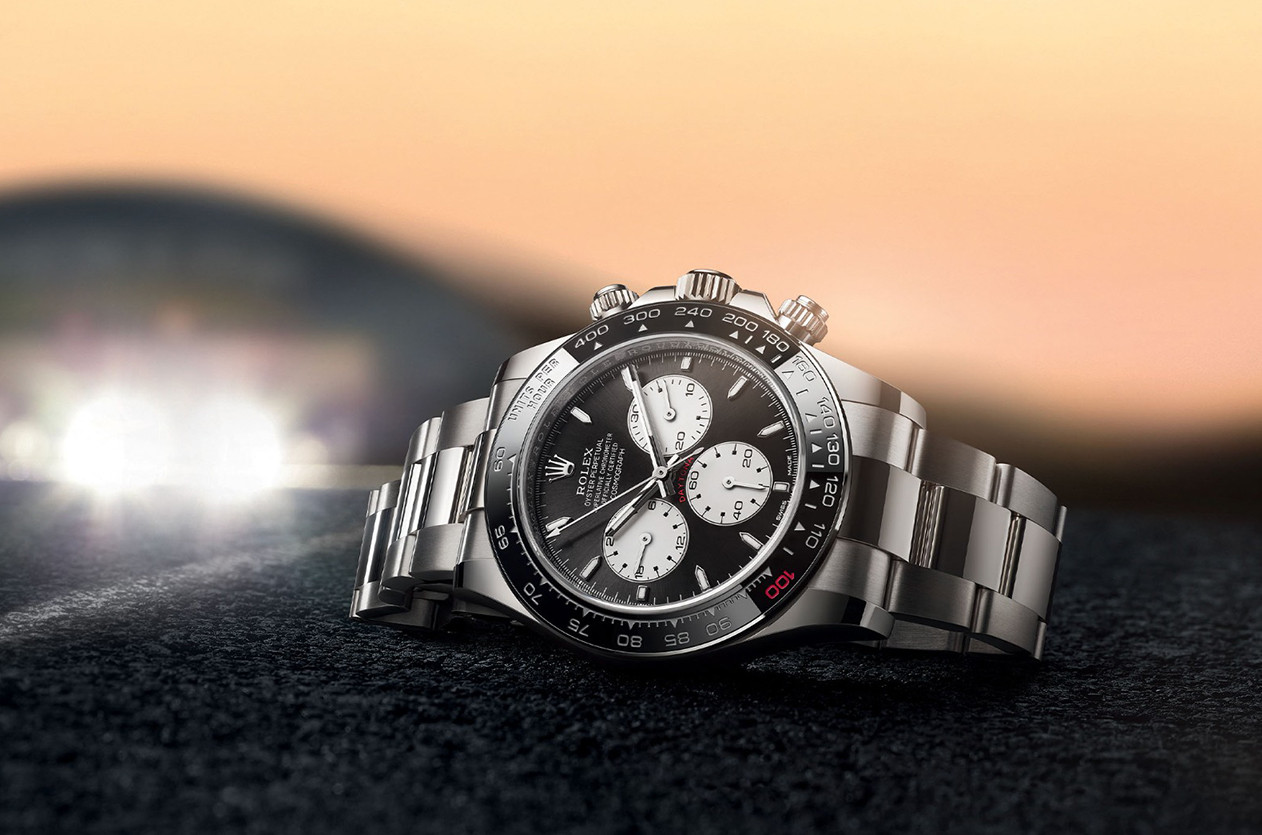
At the heart of Florida’s famous coastline lies Daytona Beach, home to one of the most iconic racetracks in the world, the Daytona International Speedway. It is here, on this legendary circuit, that speed and precision meet to create one of motorsport's most thrilling experiences. The Daytona 500, known as the “Great American Race,” is where history is made, records are broken, and champions are born. But, beyond the roar of engines and the thrill of competition, one symbol has come to represent this high-octane world, the "Rolex Cosmograph Daytona".
 Launched in 1963, the Cosmograph Daytona quickly earned its place in the annals of both horology and motorsport. Designed for precision and performance, it was created with the needs of professional drivers in mind, its chronograph functions making it the perfect tool for measuring time during the most intense moments on the track. But it was more than just a tool; it became an icon. Over the years, the Daytona transcended its racing roots, becoming a symbol of excellence, elegance, and enduring craftsmanship.
Launched in 1963, the Cosmograph Daytona quickly earned its place in the annals of both horology and motorsport. Designed for precision and performance, it was created with the needs of professional drivers in mind, its chronograph functions making it the perfect tool for measuring time during the most intense moments on the track. But it was more than just a tool; it became an icon. Over the years, the Daytona transcended its racing roots, becoming a symbol of excellence, elegance, and enduring craftsmanship.
 One of the key moments in the Daytona's rise to legendary status came when Paul Newman, the iconic Hollywood actor and race car enthusiast, was seen wearing the watch. In the late 1960s, Newman also developed a deep passion for motorsport, competing in various races. He was often seen with a Rolex Cosmograph Daytona on his wrist, and this association was solidified when a specific model, with a distinctive "exotic" dial, became known as the "Paul Newman Daytona".
One of the key moments in the Daytona's rise to legendary status came when Paul Newman, the iconic Hollywood actor and race car enthusiast, was seen wearing the watch. In the late 1960s, Newman also developed a deep passion for motorsport, competing in various races. He was often seen with a Rolex Cosmograph Daytona on his wrist, and this association was solidified when a specific model, with a distinctive "exotic" dial, became known as the "Paul Newman Daytona".
 Newman's personal connection to the watch only increased its mystique. It became not only a piece of racing history but a symbol of the actor's unique style and love for the sport. In fact, one of his personal Daytonas, a 1968 model, was auctioned in 2017 for a record-breaking $17.8 million, making it one of the most expensive watches ever sold at auction. The Rolex Cosmograph Daytona was forever etched into the culture of motorsport and Hollywood, an enduring legacy that continues to captivate collectors and enthusiasts worldwide.
Newman's personal connection to the watch only increased its mystique. It became not only a piece of racing history but a symbol of the actor's unique style and love for the sport. In fact, one of his personal Daytonas, a 1968 model, was auctioned in 2017 for a record-breaking $17.8 million, making it one of the most expensive watches ever sold at auction. The Rolex Cosmograph Daytona was forever etched into the culture of motorsport and Hollywood, an enduring legacy that continues to captivate collectors and enthusiasts worldwide.
 The design of the Rolex Cosmograph Daytona has always been a defining feature of the watch, showcasing the brand’s commitment to both aesthetics and durability. The case is available in a variety of materials, reflecting the brand's dedication to providing options that combine luxury with performance. The Cosmograph Daytona was presented with a robust stainless steel case, a choice that epitomized its sporty and utilitarian nature. This material was ideal for a watch designed for the high-speed world of motorsport, offering both strength and resistance to wear.
The design of the Rolex Cosmograph Daytona has always been a defining feature of the watch, showcasing the brand’s commitment to both aesthetics and durability. The case is available in a variety of materials, reflecting the brand's dedication to providing options that combine luxury with performance. The Cosmograph Daytona was presented with a robust stainless steel case, a choice that epitomized its sporty and utilitarian nature. This material was ideal for a watch designed for the high-speed world of motorsport, offering both strength and resistance to wear.
 As the collection evolved, Rolex introduced the Daytona in a range of other prestigious materials, including platinum and gold. These materials allowed the watch to appeal to a broader audience, blending the high-performance qualities of the Daytona with the luxury expected from Rolex. The platinum models, with their subtle yet stunning sheen, became a symbol of refined elegance, while the gold variants added a touch of opulence to the already iconic timepiece. One of the most notable updates in the design of the Cosmograph Daytona came with the introduction of the Cerachrom bezel. Rolex, known for its innovation, upgraded the Daytona’s traditional steel bezel to a high-tech ceramic bezel.
As the collection evolved, Rolex introduced the Daytona in a range of other prestigious materials, including platinum and gold. These materials allowed the watch to appeal to a broader audience, blending the high-performance qualities of the Daytona with the luxury expected from Rolex. The platinum models, with their subtle yet stunning sheen, became a symbol of refined elegance, while the gold variants added a touch of opulence to the already iconic timepiece. One of the most notable updates in the design of the Cosmograph Daytona came with the introduction of the Cerachrom bezel. Rolex, known for its innovation, upgraded the Daytona’s traditional steel bezel to a high-tech ceramic bezel.
 More importantly, the bezel serves a crucial function for racing enthusiasts: it features a tachymeter scale. This scale allows the wearer to measure speed based on time traveled over a fixed distance. By using the chronograph function to record the time it takes to travel a known distance, the wearer can then calculate their speed. The tachymeter is essential for race car drivers and anyone involved in high-speed activities, making it a practical tool for measuring performance in real-time.
More importantly, the bezel serves a crucial function for racing enthusiasts: it features a tachymeter scale. This scale allows the wearer to measure speed based on time traveled over a fixed distance. By using the chronograph function to record the time it takes to travel a known distance, the wearer can then calculate their speed. The tachymeter is essential for race car drivers and anyone involved in high-speed activities, making it a practical tool for measuring performance in real-time.
 The dial of the Rolex Cosmograph Daytona has long been one of its most distinguishing features, offering a balance of readability, elegance, and functionality. The layout of the dial reflects Rolex’s commitment to precision and performance, with each element designed to serve a specific purpose. At the center of the dial is the signature Rolex logo at the 12 o'clock position, surrounded by clear, bold hour markers and the contrasting subdials that define this chronograph’s sporty appeal. The Cosmograph Daytona typically features three subdials, each with a specific function. These subdials, essential for chronograph timing, make the watch ideal for those who require precision in measuring elapsed time, such as motorsport professionals. The dial of the Daytona has undergone several variations over the years, with Rolex offering a wide range of materials and finishes to suit different tastes. However, as the watch evolved, Rolex introduced new dial variations, providing options in black, silver, and even meteorite, each adding its own unique touch to the timepiece. In addition to the classic finishes, Rolex has also produced models with sunray dials, diamond-set dials, and even mother-of-pearl options.
The dial of the Rolex Cosmograph Daytona has long been one of its most distinguishing features, offering a balance of readability, elegance, and functionality. The layout of the dial reflects Rolex’s commitment to precision and performance, with each element designed to serve a specific purpose. At the center of the dial is the signature Rolex logo at the 12 o'clock position, surrounded by clear, bold hour markers and the contrasting subdials that define this chronograph’s sporty appeal. The Cosmograph Daytona typically features three subdials, each with a specific function. These subdials, essential for chronograph timing, make the watch ideal for those who require precision in measuring elapsed time, such as motorsport professionals. The dial of the Daytona has undergone several variations over the years, with Rolex offering a wide range of materials and finishes to suit different tastes. However, as the watch evolved, Rolex introduced new dial variations, providing options in black, silver, and even meteorite, each adding its own unique touch to the timepiece. In addition to the classic finishes, Rolex has also produced models with sunray dials, diamond-set dials, and even mother-of-pearl options.
 The heartbeat of the Rolex Cosmograph Daytona lies in its movement, which has undergone significant evolution since the watch’s inception in 1963. Initially, the Daytona was equipped with the Valjoux 72 movement. This movement, while reliable, was a third-party movement sourced from the Swiss manufacturer Valjoux and powered the first generation of the Cosmograph Daytona. In these early years, the movement’s manual winding mechanism provided precise timekeeping, and the chronograph function allowed users to measure elapsed time in the most demanding environments. However, Rolex's dedication to continuous innovation led to a pivotal shift in 1988, when the brand introduced its own in-house movement, the Caliber 4030, which was inspired by the famous Zenith El Primero movement. The El Primero was the world’s first high-frequency, self-winding chronograph movement, and Rolex sought to refine it further to suit the brand’s standards for durability and reliability. Rolex’s engineers worked to lower the frequency of the Caliber 4030 to 4 Hz.
The heartbeat of the Rolex Cosmograph Daytona lies in its movement, which has undergone significant evolution since the watch’s inception in 1963. Initially, the Daytona was equipped with the Valjoux 72 movement. This movement, while reliable, was a third-party movement sourced from the Swiss manufacturer Valjoux and powered the first generation of the Cosmograph Daytona. In these early years, the movement’s manual winding mechanism provided precise timekeeping, and the chronograph function allowed users to measure elapsed time in the most demanding environments. However, Rolex's dedication to continuous innovation led to a pivotal shift in 1988, when the brand introduced its own in-house movement, the Caliber 4030, which was inspired by the famous Zenith El Primero movement. The El Primero was the world’s first high-frequency, self-winding chronograph movement, and Rolex sought to refine it further to suit the brand’s standards for durability and reliability. Rolex’s engineers worked to lower the frequency of the Caliber 4030 to 4 Hz.
 In 2000, Rolex introduced the Caliber 4130, a movement designed and produced entirely in-house by Rolex. The Caliber 4130 was designed to be even more robust, with a reduced number of components compared to its predecessors, increasing its reliability while maintaining exceptional chronograph performance. In 2023, Rolex introduced the Caliber 4131 (and the Caliber 4132 for some special editions), continuing its legacy of performance. This latest iteration of the movement built upon the strength and precision of the Caliber 4130, incorporating enhancements such as a longer power reserve and even greater resistance to shocks and temperature variations, thanks to the Parachrom hairspring. This technological advancement ensures that the Daytona maintains its exceptional performance even under the most extreme conditions.
In 2000, Rolex introduced the Caliber 4130, a movement designed and produced entirely in-house by Rolex. The Caliber 4130 was designed to be even more robust, with a reduced number of components compared to its predecessors, increasing its reliability while maintaining exceptional chronograph performance. In 2023, Rolex introduced the Caliber 4131 (and the Caliber 4132 for some special editions), continuing its legacy of performance. This latest iteration of the movement built upon the strength and precision of the Caliber 4130, incorporating enhancements such as a longer power reserve and even greater resistance to shocks and temperature variations, thanks to the Parachrom hairspring. This technological advancement ensures that the Daytona maintains its exceptional performance even under the most extreme conditions.
 |  |
The Rolex Cosmograph Daytona is a true icon of horology, symbolizing the perfect blend of performance, precision, and luxury. Over the years, it has built a legacy of innovation and excellence, remaining steadfast in its commitment to quality and timeless design. Whether on the racetrack or the wrist of a collector, the Daytona continues to captivate and inspire, reaffirming its place as one of the most coveted and revered timepieces in the world. With every evolution, it proves that true icons only grow more significant with time.

Opinion Four Brands Poised to Steal the Spotlight at Geneva Watch Days 2025

News Trump Hits Swiss Imports With 39% Tariffs

News 6th Edition of Geneva Watch Days 2025
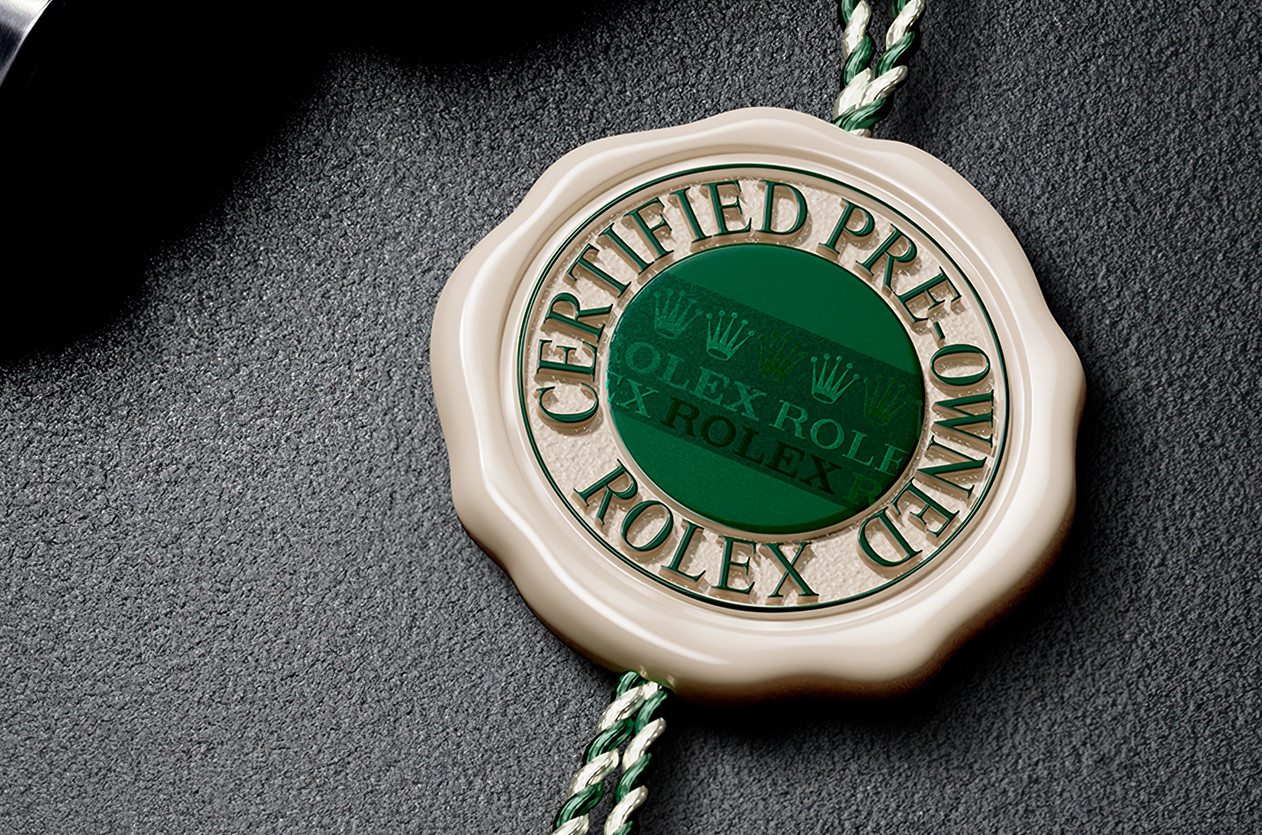
Editorial What is the reason behind the scarcity of Rolex watches in boutiques?
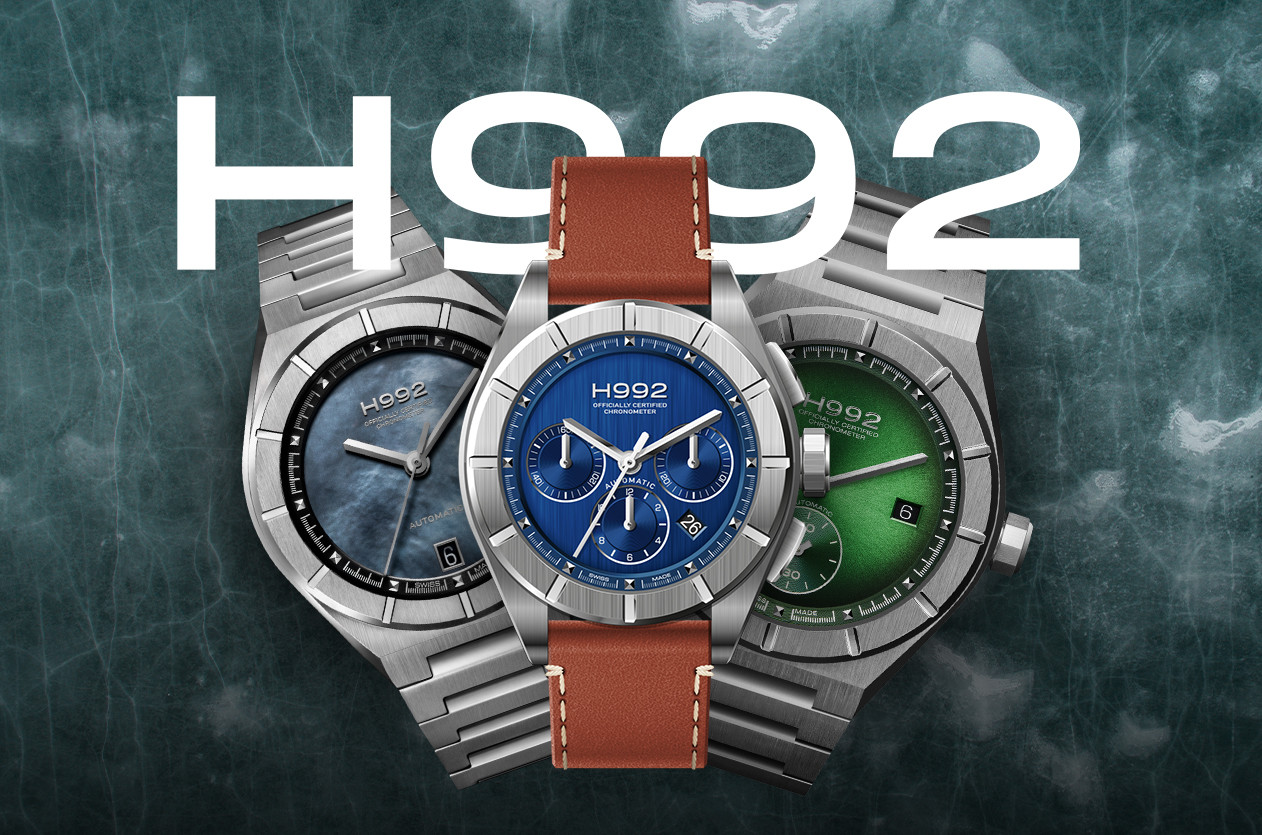
Introducing H992: A New Independent Brand Rising in Swiss Watchmaking

News Dubai Watch Week 2025 Will Be the Largest Ever with 90 Brands Participating
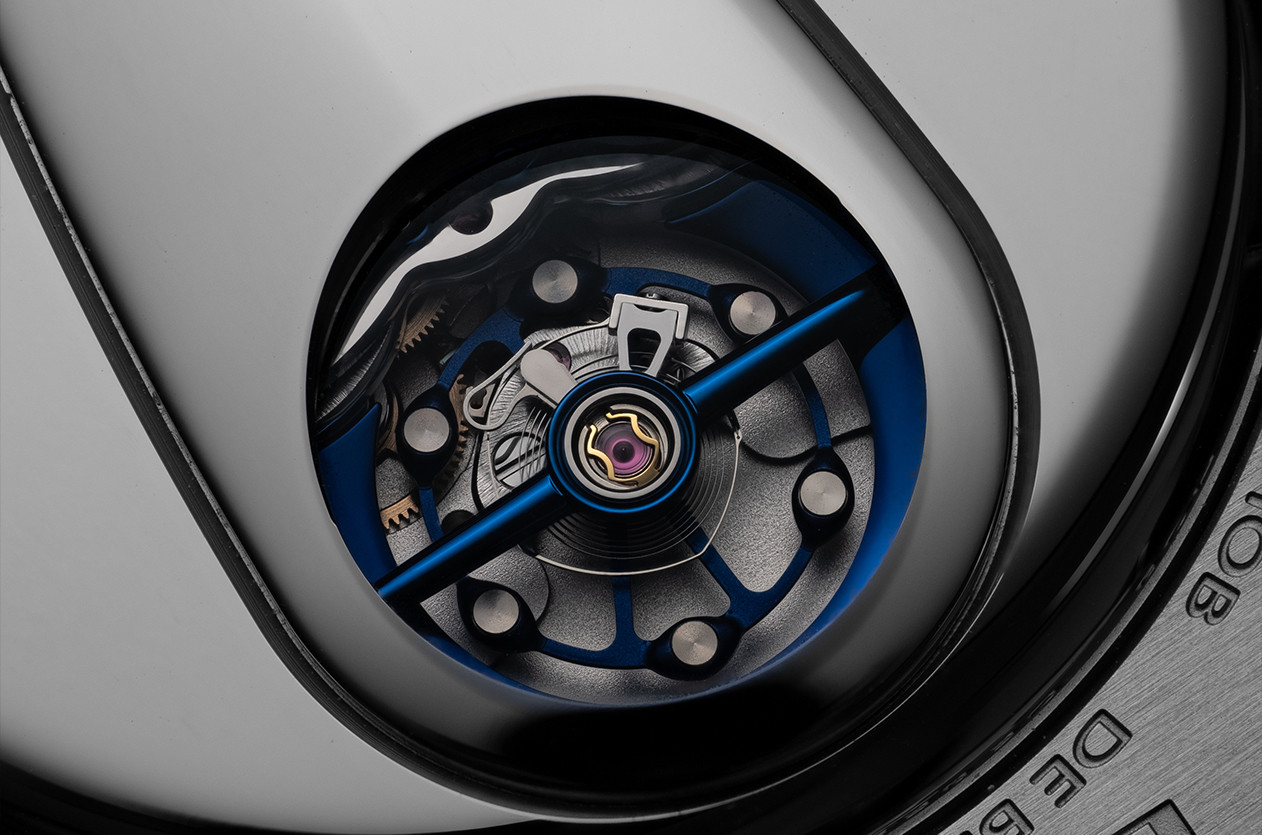
Technical The Frequency, Why It Matters in Mechanical Watches
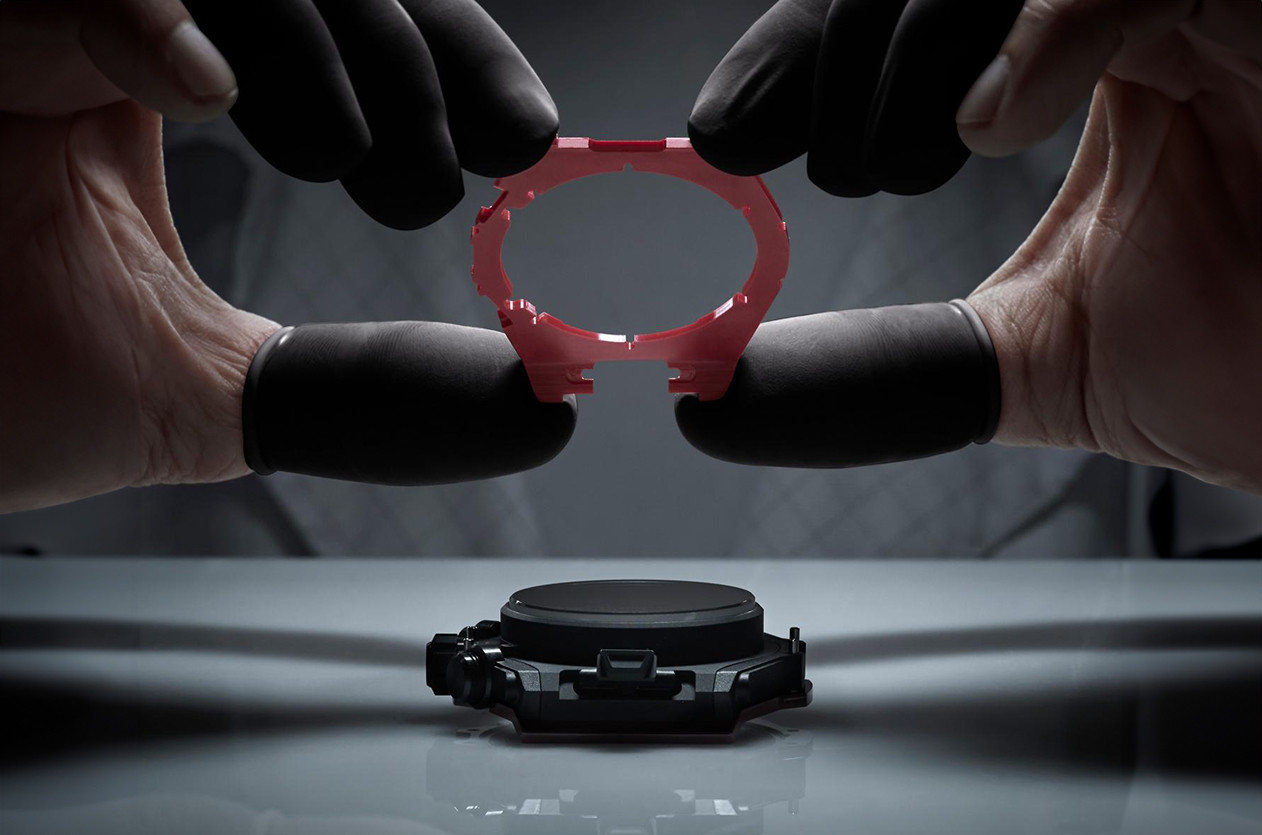
Editorial The Secrets of Watch Case Design
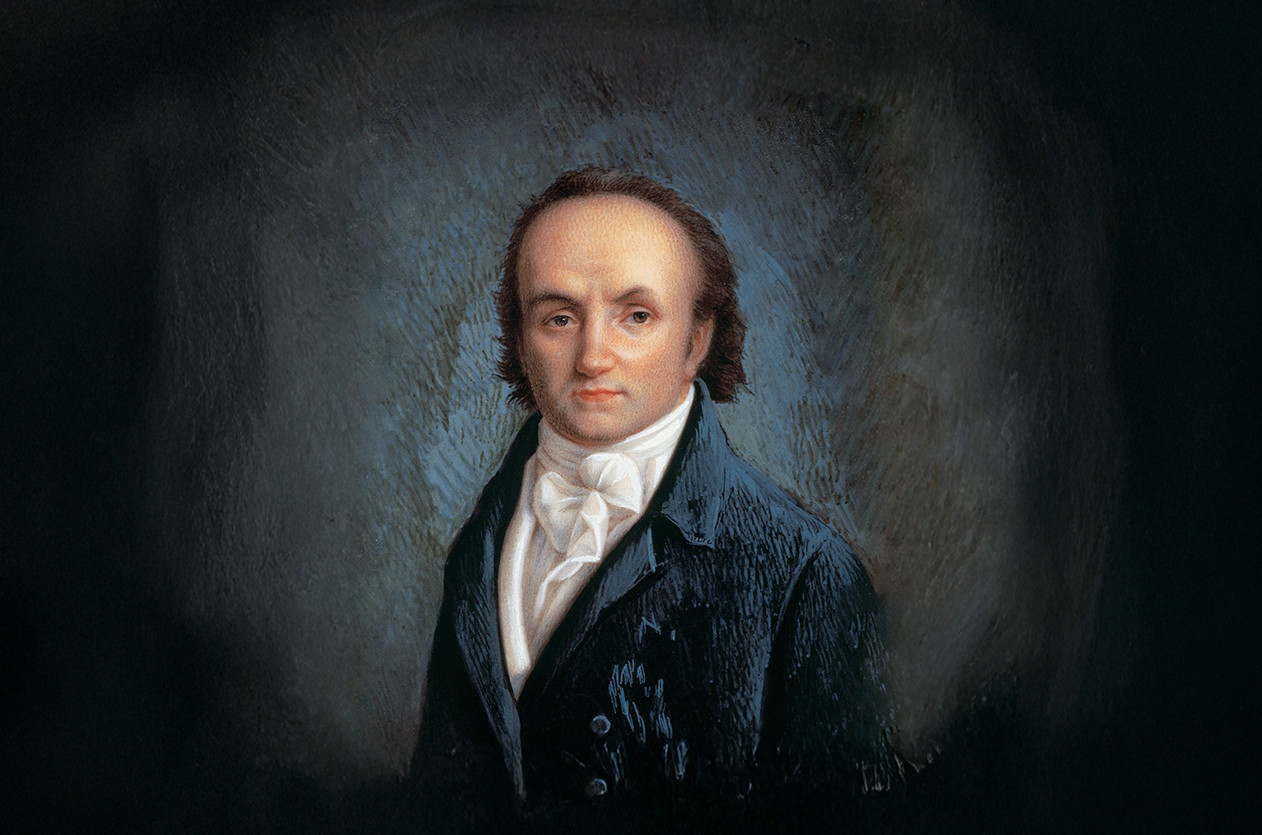
Editorial Abraham-Louis Breguet, The Father of Modern Horology
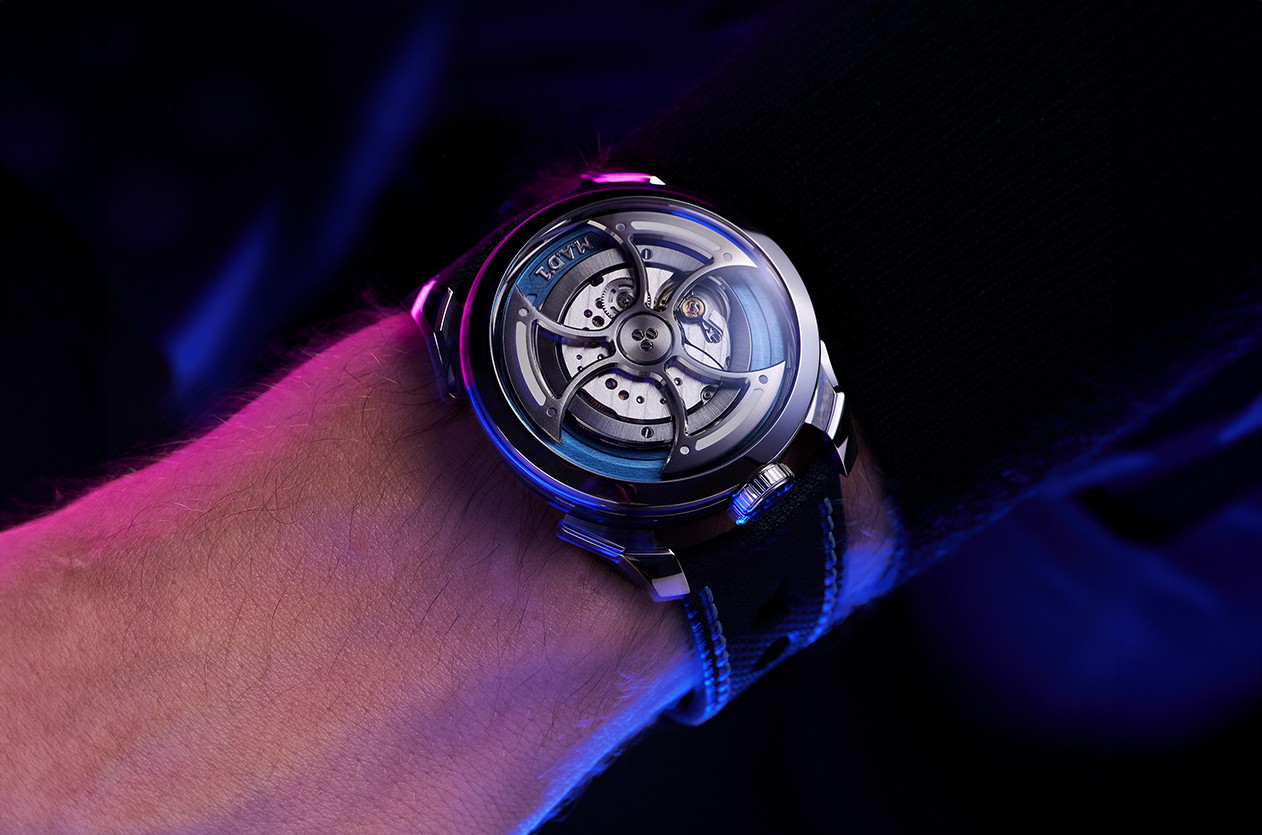
Introducing MB&F Unveils the New Generation of Its Famous Collection the M.A.D.1S
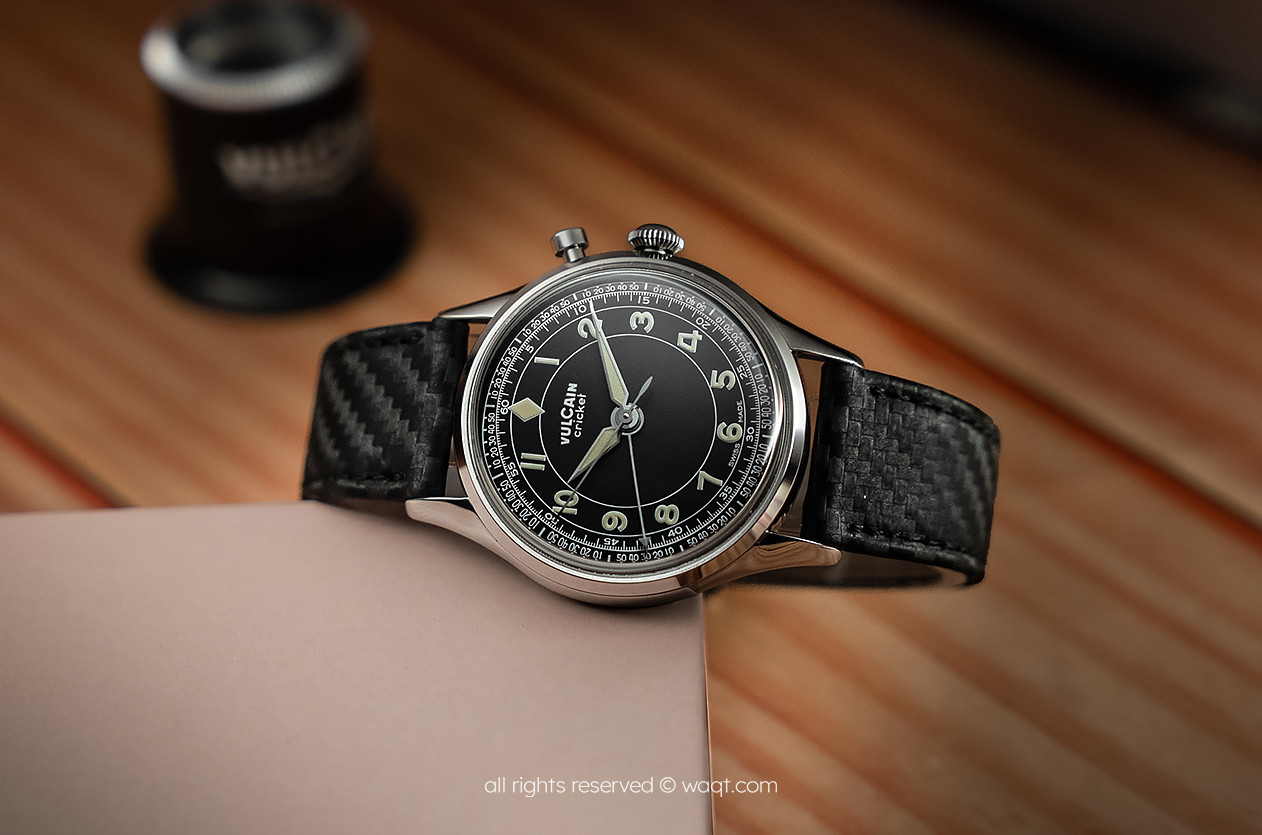
Hands on Vulcain Cricket Classic 39mm Black & Khaki
Comment Delete Text
This page is available in English only. Please click below to visit Arabic Home page!